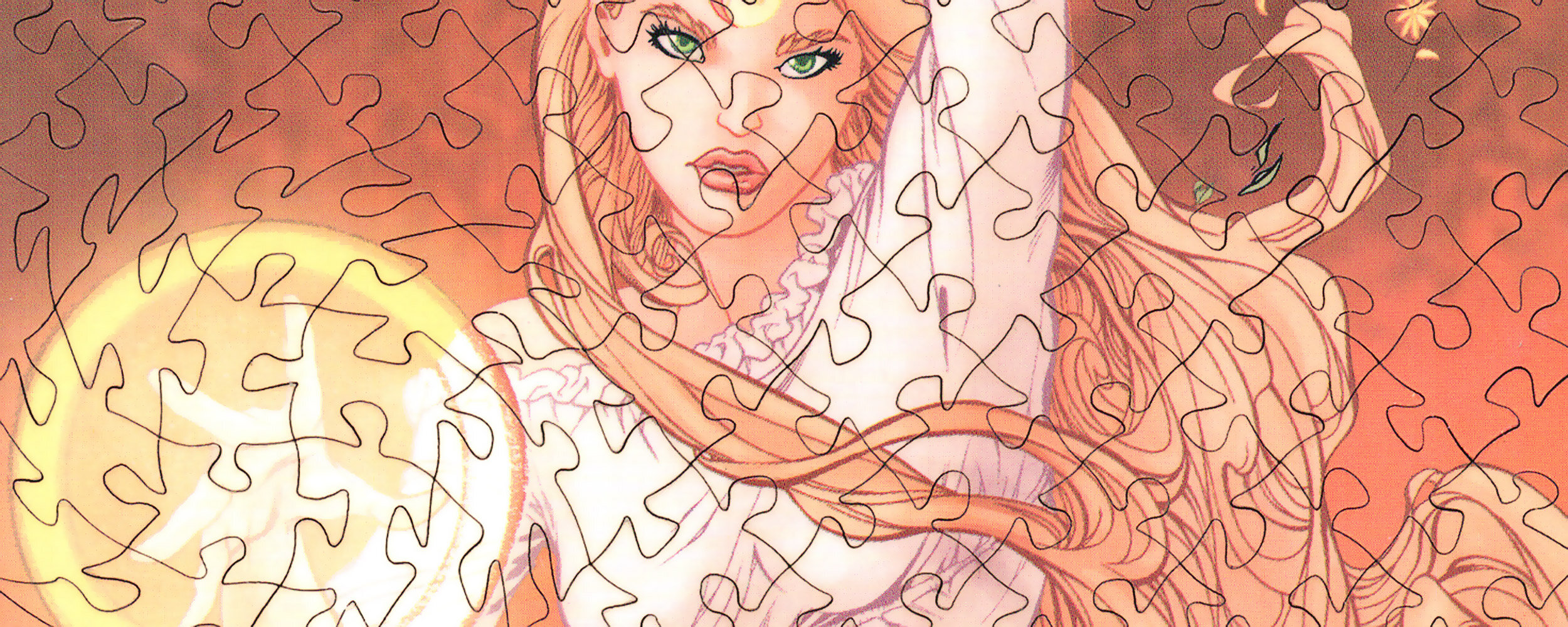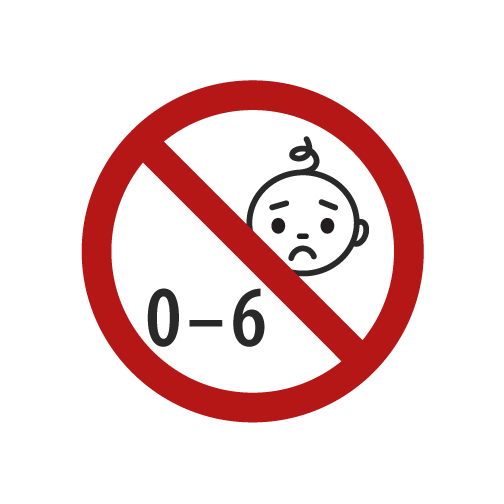
ANSWERS OFTEN GIVEN
-
I only create puzzles using non-valuable comic books—I’d never cut up a highly-graded collectible issue. Covers are chosen solely based on their graphic appeal and color contrast.
-
Puzzle prices vary according to the number of pieces, the type of puzzle pattern, and the time it takes to randomize the pattern so it’s different from all the others. The collectibility of a comic book and the popularity of the featured characters have no bearing on the price.
-
The term kerf is generally used by woodworkers, and is defined by the width of the saw blade. In laser-cutting, kerf represents the width of the laser. The focused laser beam is 0.19mm (or seven thousandths of an inch) wide and vaporizes material as it cuts, leaving a tiny bit of space (kerf) between each puzzle piece.
-
Unlike a saw blade which has a fixed kerf, the laser beam is focused through a lens, and has a variable kerf. The kerf varies from batch to batch and impacts the way the pieces fit together. Puzzles from batch 3 have a tight fit and require more patience to assemble—pieces have to be almost perfectly aligned before falling into place. Looser puzzles are limited to batch 1 and have kerfs a fraction wider than usual.
-
I experimented with a variety of wooden substrates in the development phase and each presented its own merits and drawbacks. MDF is the declared winner. It cuts cleaner than HDF, and doesn’t contain gaps or voids like plywood. If you’re looking at a puzzle that is not marked MDF, consider it a rarity.
-
In my first batch, I experimented with different materials and finishes on the back, mostly for aesthetic reasons. Coating the back with varnish or shellac proved to be more trouble than it was worth. Adhering paper to the back only added to the residue on the cut edges. A handful of puzzle backs needed to be sanded in order to release some uncut pieces, and I don’t plan to do that again. Batches 2 and 3 all have unfinished backs.
-
You can expect to get a little residue on your fingers when assembling a Puzzled Comic from batch 1. Exactly how much will depend on the materials used; puzzles with an HDF substrate and/or a paper back tend to have more charring on the edges. Soap and water are sufficient to clean your hands. Puzzled Comics from batches 2 and 3 were created using MDF and have an unfinished back, which yields considerably cleaner edges.
-
This is a personal thing. For me, a puzzle pattern is straight, diagonal, spiral, elibelinde, or waterfall. A puzzle matrix is the unique version of a pattern assigned to a specific comic book cover. You can use these terms interchangeably as you browse the site.

All puzzle patterns and pattern effects by me. ©2020–2023 Ozan Berke
I am not affiliated with, or otherwise endorsed by, the publishers of the comic books used in the production of Puzzled Comics. The use of trademarked character names, the names of the artists , and their publishers, are only for descriptive purposes. I make no commercial claim to their use, or suggest any sponsorship or endorsement.
Puzzled Comics contain delicate pieces and are not suitable for kids younger than seven.


